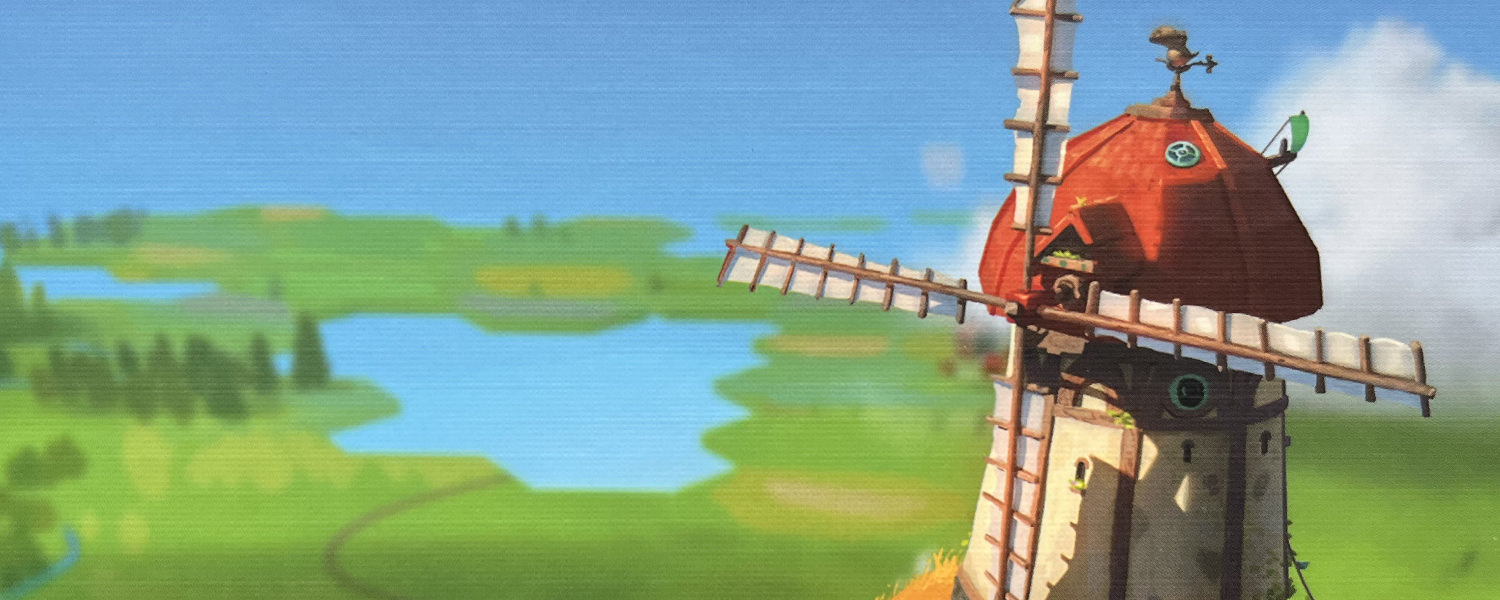
Dorfromantik - The Board Game
Squeezing games from the digital world onto an analogue board doesn't always work out well. However, since Dorfromantik is neither a 3D shooter nor a real-time strategy game, but a digital solo puzzle, the adaptation of the game mechanics was presumably far less complex than with other games. The result is a tile-laying game that takes the game round cooperatively into a village idyll. The principle is very simple: With the landscape tiles drawn in turn, a coherent area of forests, grain fields and villages is gradually created. Of course, there are a few rules about how the tiles may be laid out. And then there are also tasks that have to be fulfilled. Let's take a closer look at how this works in detail.
The world in six corners
Only rarely can you start a board game directly by taking the material out of the box. Provided that the rules of the game are correct, the round can start immediately. The game begins with an empty board. The task and landscape tiles are placed face down and within easy reach of everyone, together with the order markers. What is often forgotten: three landscape tiles go back into the box unseen. Exactly three active tasks must be available at all times during the game. This also means that the first three tiles to be drawn are from the task pile. An task marker of the corresponding landscape type is placed directly on a revealed order tile. This indicates how large the landscape (forest, grain or village) or how long the river or railway line must be. When the exact size or length is reached, the task marker is discarded as completed and a new task tile is drawn.
All tiles must always form a continuous surface. When laying out, there are only two further rules:
- edges of river and track tiles must be continued in a matching manner
- edges of forest, grain and village tiles do not have to be aligned.
As soon as all landscape tiles have been placed, the game ends immediately. Now the scoring begins. Points are awarded for completed orders, completed landscape areas with a flag (at the beginning there are three landscape tiles with a flag) as well as the longest track and the longest river. The points are entered on the score sheet and then added up.
A long journey
Each score is then transferred to the campaign sheet, and if the score is higher than in the previous games, we move on. I have to admit that after the first round I stared at the campaign sheet in disbelief, as I had scored 58 points. That's not a problem in the first round, but if you want to progress, you need a score of 100+ in one of the next rounds.
But of course the group gets better with each round. Whereas at the beginning the tiles are placed a little uncertainly and, above all, carelessly, after the first rounds this is done quickly and purposefully, so that at the end of each round there are enough points to advance in the campaign.
And it's worth it: five bulging boxes with new material, expanded rules and, of course, even more challenges await. The ambition to play is quickly awakened and the game evening is extended accordingly.
Meditative escape to the countryside
Admittedly, Dorfromantik only found its way onto my shelf late. On the one hand, this is because, apart from Carcassone, I'm not the biggest fan of tile-laying games. On the other hand, I probably found the design, apart from the colours, a bit too unexciting. After the first few rounds, however, you quickly realised that it is precisely this unexciting nature that makes up a large part of Dorfromantik's charm. It is a cooperative game in which you can really switch off in a group. This works best in pairs or threes, but like its digital twin, the game also works great solo. Because each player lays out his or her own tile at the end, there are agreements at the table, but the alpha player problem that many cooperative games bring with them is reduced to a minimum. The new materials hidden in the five boxes arouse enough ambition that one simply wants to bring the game to the table again and again to progress in the campaign. The graphic realisation is strongly oriented towards the digital template. As with most games from the Pegasus publishing house, the material and instructions are of a high standard.
In a nutshell: cooperative, quickly understood, quickly played - and with the whole family. I would be very surprised if I didn't have Dorfromantik, the next game of the year, in my hands. It would definitely deserve the prize!
Wouldn't it? What do you think of Dorfromatik? Feel free to write it down in the comments below!
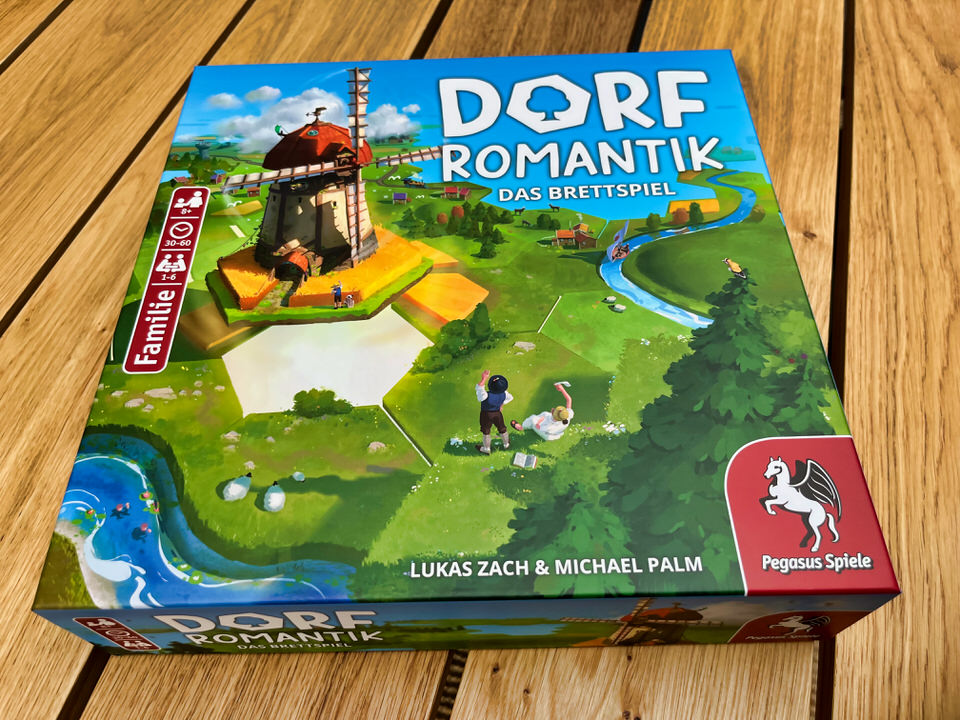
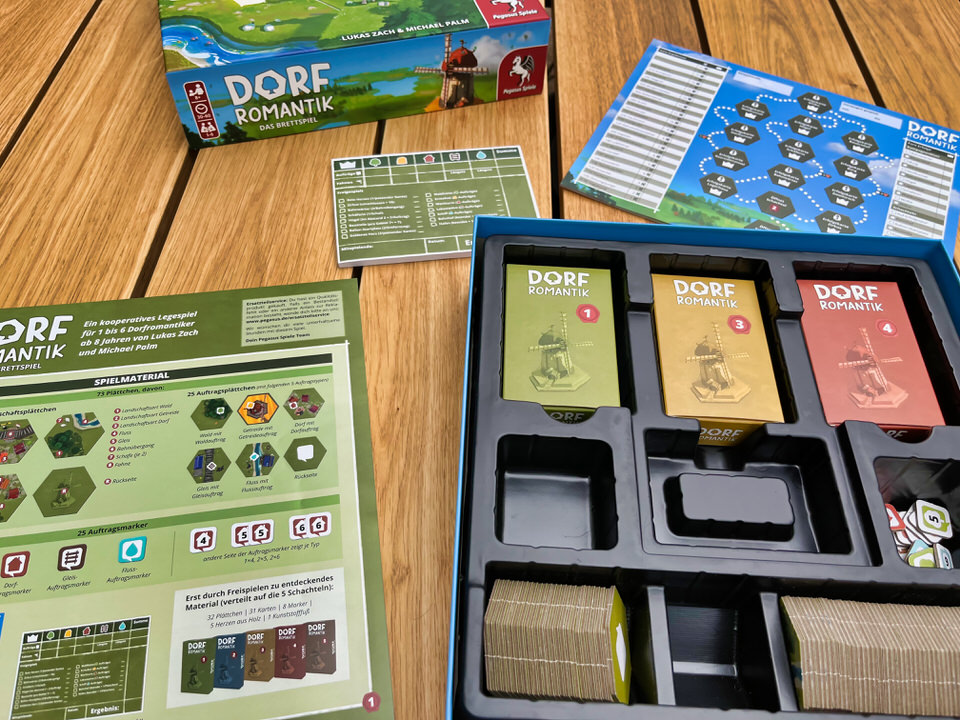
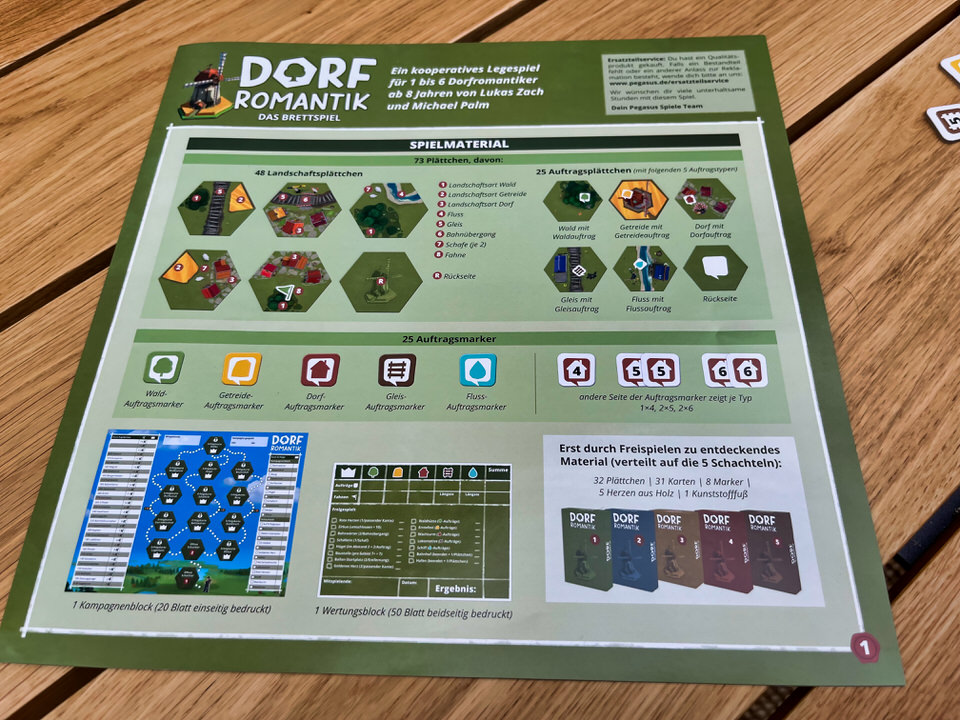
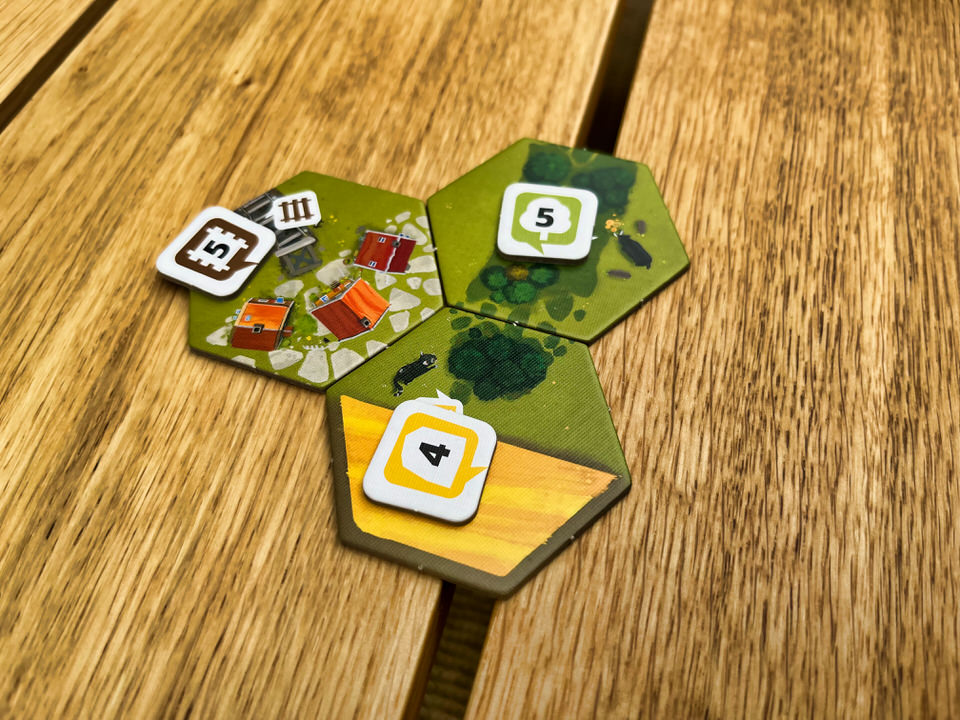
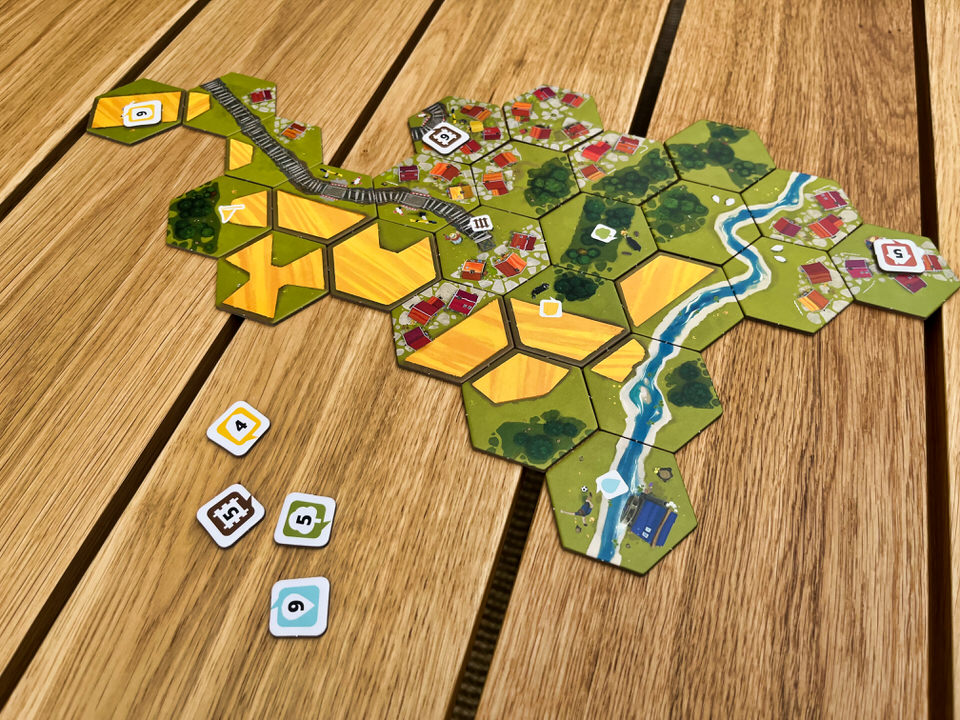
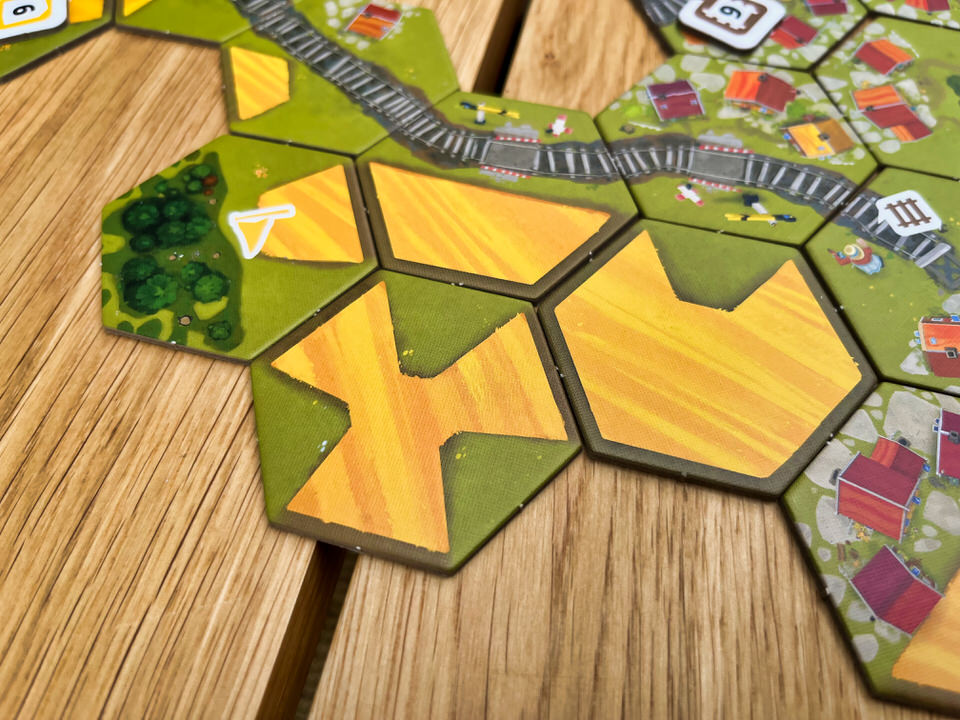
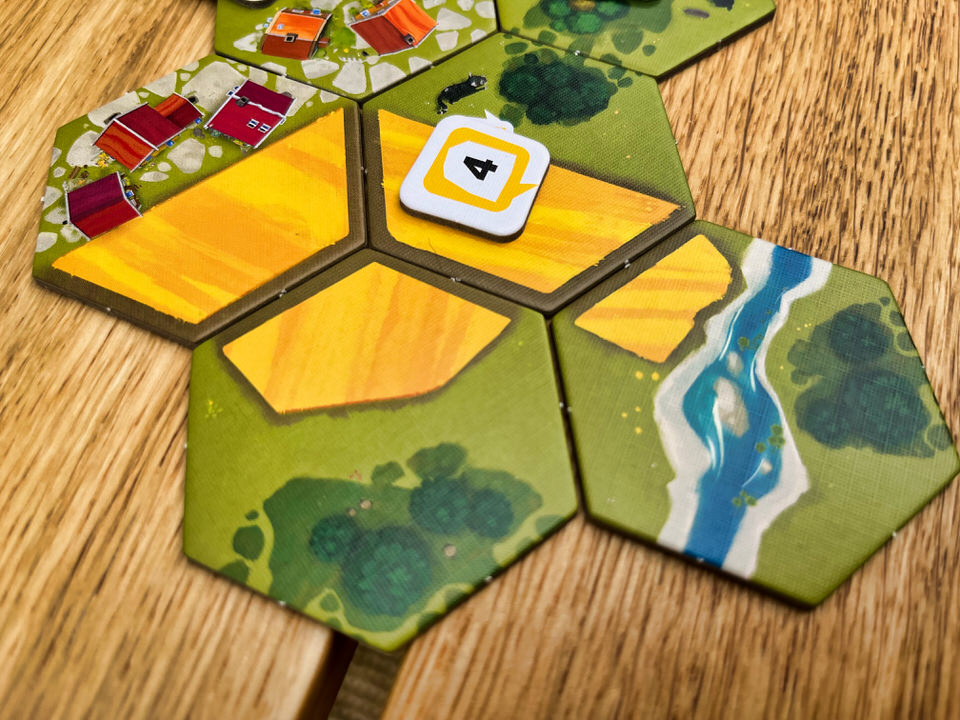
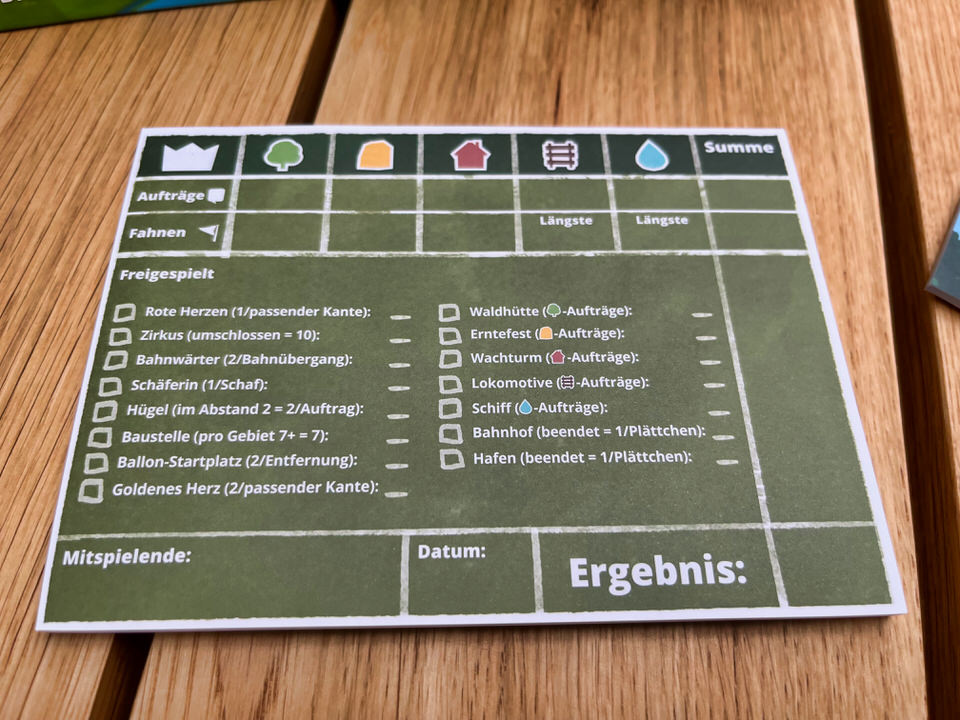

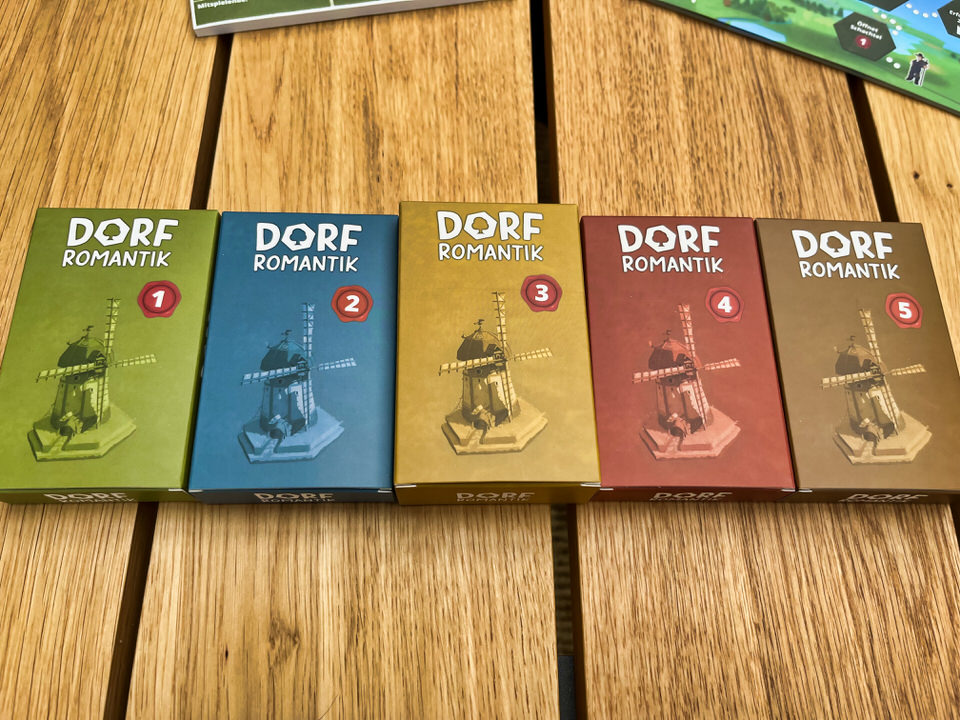
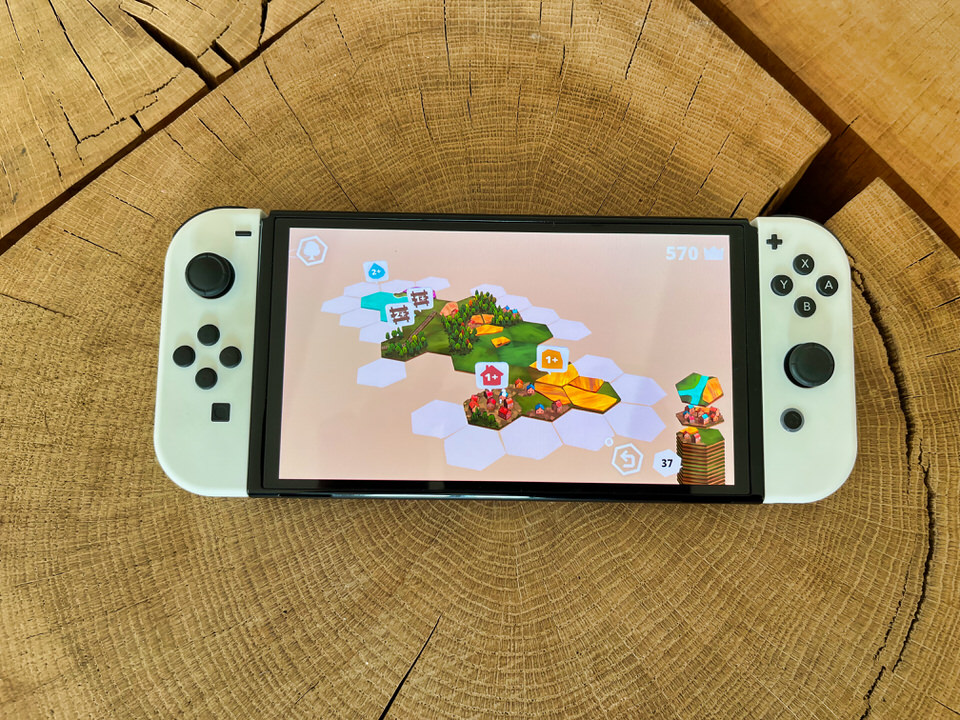
Leave a comment